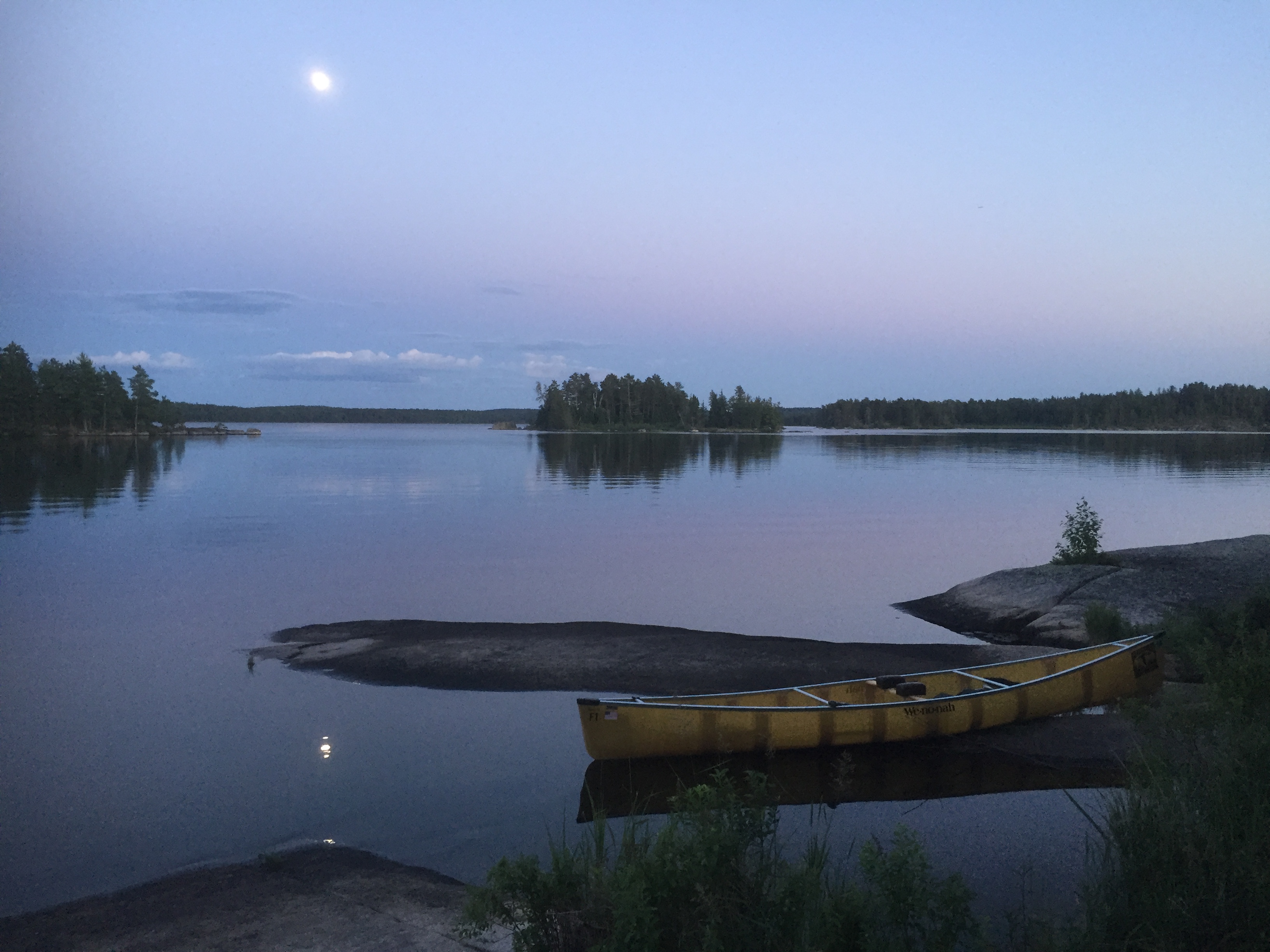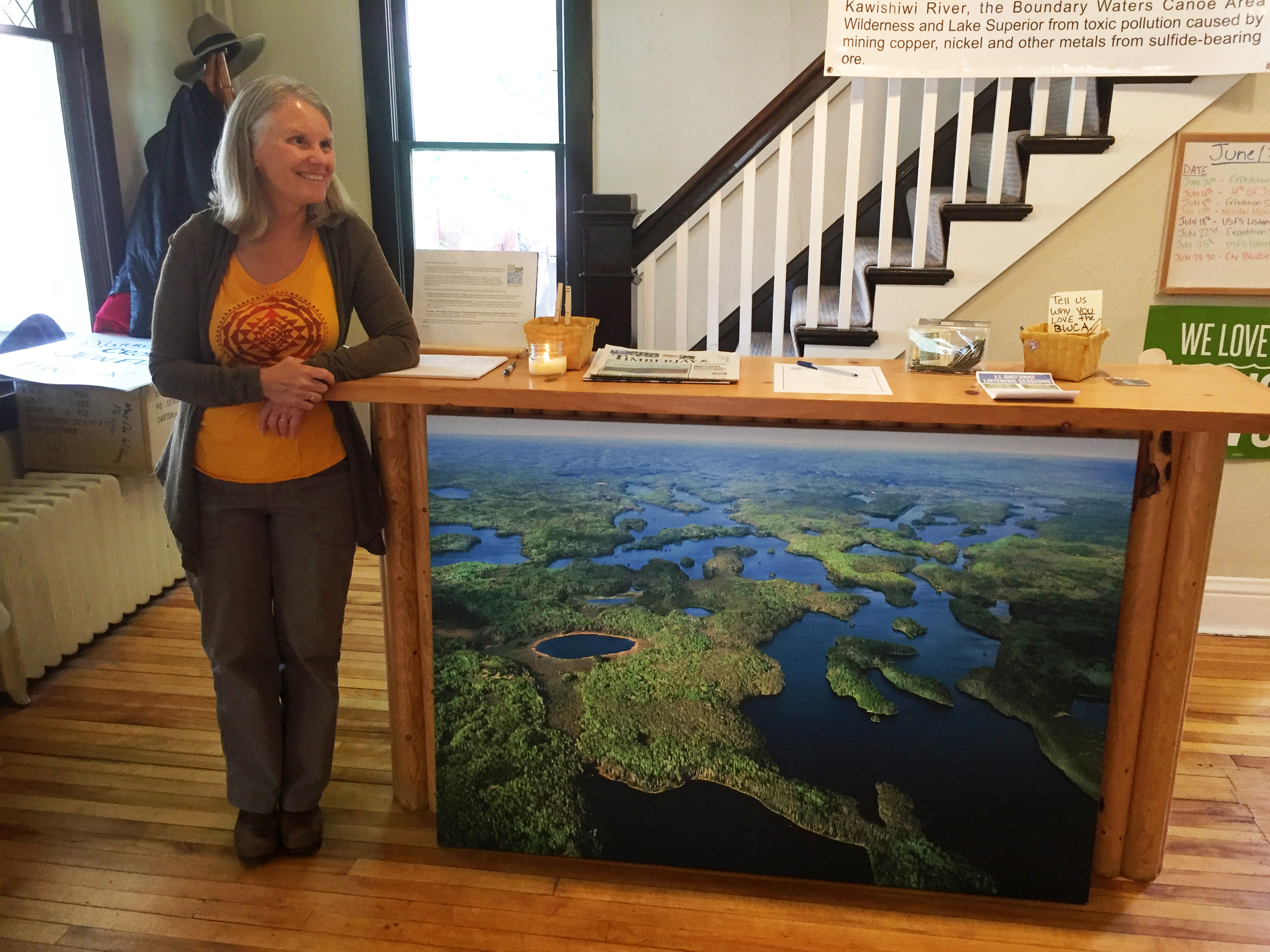
At a recent LT&C-Study Tour to the Boundary Waters in Minnesota we met Rebecca Rom as the main and very competent campaigner to safeguard this most important wilderness area in the US from getting threatened by a mining proposal. We got convinced that this is a great LT&C-Example, where the regional tourism business raises major political support to prevent serious pollution of the wild waters at the Canadian border. Rebecca provided us with the following update on the campaign, which we illustrate with pictures taken at the study tour.
The Boundary Waters Ecosystem
The Boundary Waters Canoe Area Wilderness in Minnesota contains 1.1 million spectacular acres of healthy forests, rich wetlands, and clean water, including at least 1,175 lakes and more than a thousand miles of rivers and streams. The Superior National Forest, which includes the Boundary Waters, contains 20 percent of all the fresh water in the entire United States National Forest System. Together with Voyageurs National Park in Minnesota and Quetico Provincial Park in Ontario, the Boundary Waters is part of a 2.3 million acre cross-border north woods preserve that is one of the world’s great intact ecosystems.
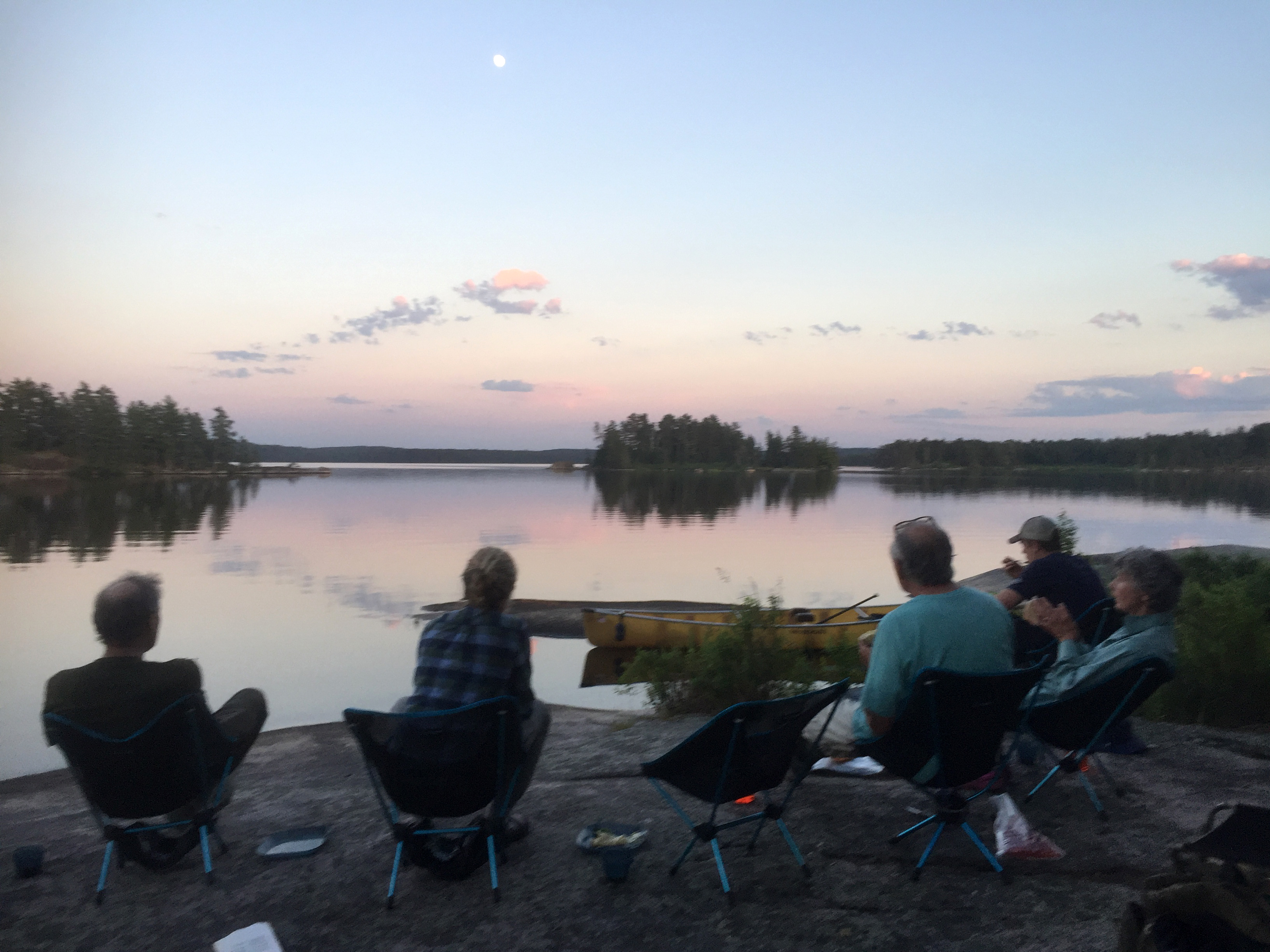
The Boundary Waters, America’s most visited Wilderness area, is threatened by sulfide-ore copper mining proposed in its watershed. This toxic kind of mining has never before been permitted in Minnesota. Sulfide-ore copper mining, unlike Minnesota’s traditional taconite mining, exposes sulfide-bearing rock that is essentially benign when locked in the earth but that produces sulfuric acid and leaches dangerous heavy metals when exposed to air and water. These destructive pollutants are produced in the mine itself and in the giant waste rock piles on the surface. Sulfide-ore copper mines pollute groundwater, rivers, wetlands, and lakes. History shows that sulfide-ore mines always pollute. Sulfide-ore “hard rock” mining has created more superfund sites than any other activity.
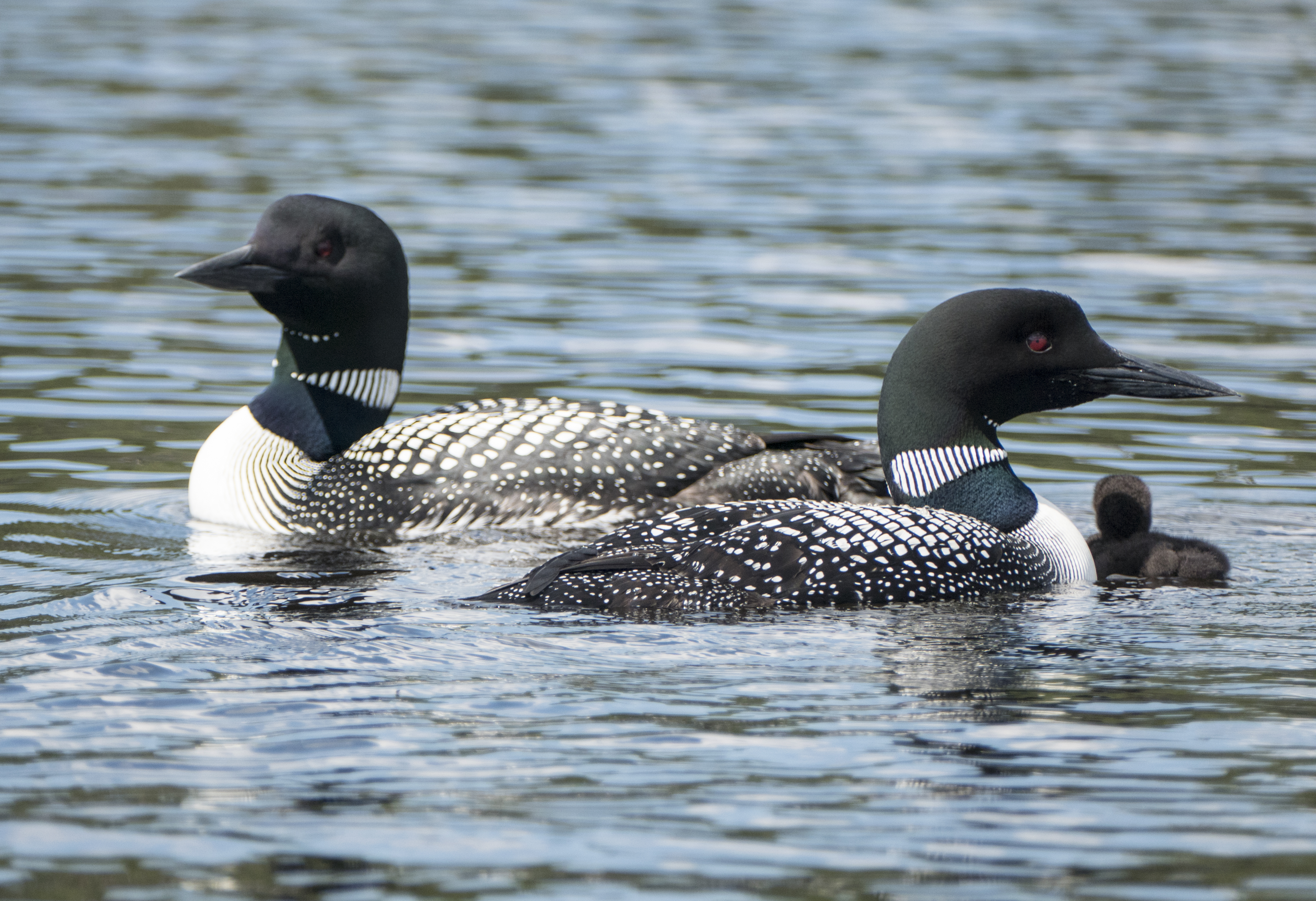
The forests of the Boundary Waters and its watershed are deeply interconnected with their streams, lakes, wetlands, and groundwater. Sulfide-ore mining infrastructure and activity in the watershed would devastate the underpinnings of this relationship. Untold thousands of acres of forests, wetlands, and waters would be destroyed outright or irreparably damaged, greatly harming habitat and native biodiversity. Farther downstream, Quetico Provincial Park and Voyageurs National Parkare in the direct path of pollution from any sulfide-ore mines in the Boundary Waters watershed.
The Campaign to Save the Boundary Waters, led by Northeastern Minnesotans for Wilderness, was organized by local residents in and around Ely, Minnesota. The Campaign and its supporters have created a national movement to protect the clean water, clean air, and forested landscape of the Boundary Waters and its watershed from toxic pollution that would be caused by sulfide-ore mining in the Boundary Waters watershed.
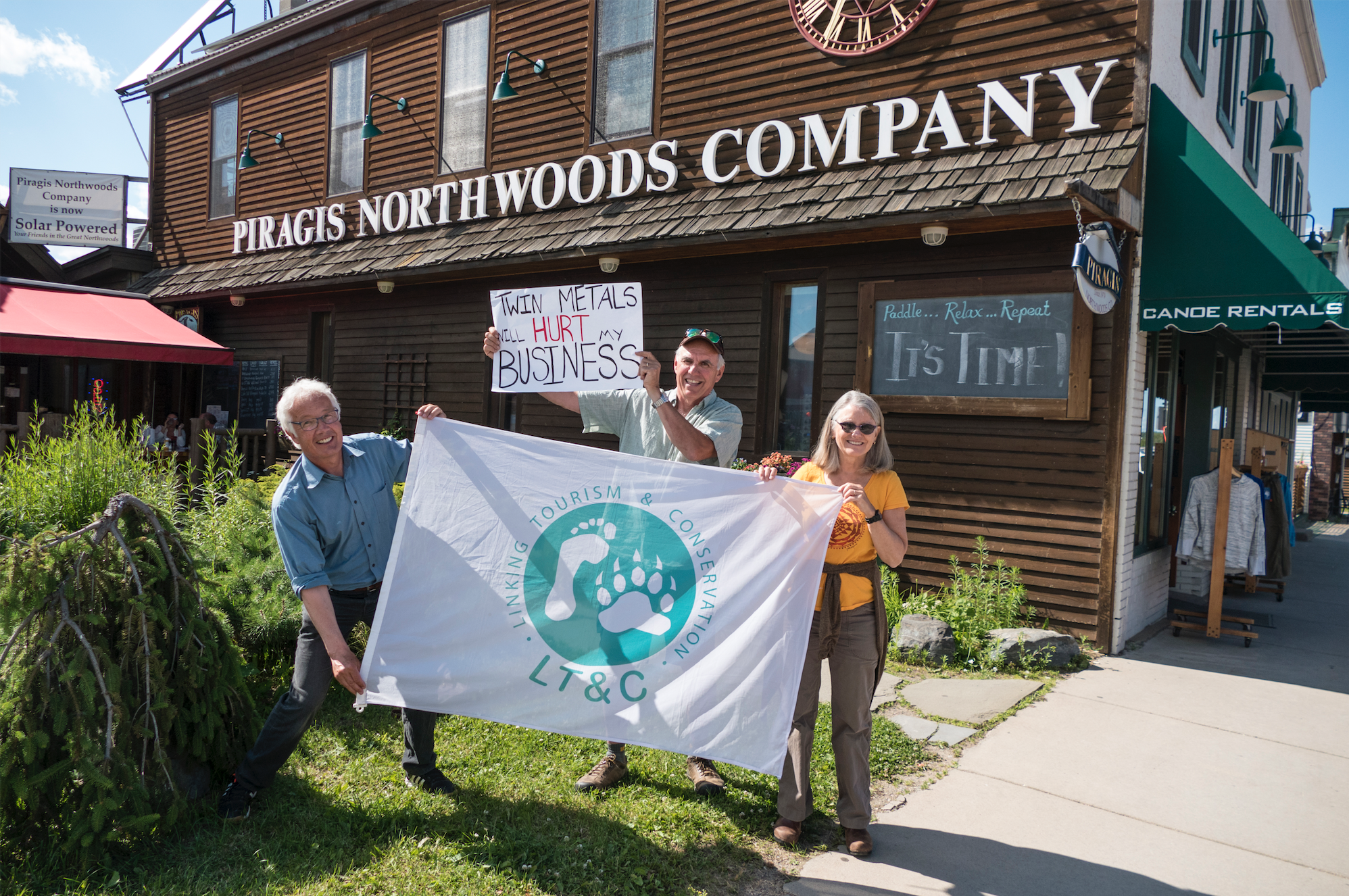
Over the last year the Campaign’s work has resulted in significant steps toward protecting the Boundary Waters. In December 2016, decisions by the U.S. Forest Service and the U.S. Bureau of Land Management resulted in denial of a request by mining company Twin Metals to renew two mineral leases in the watershed of the Boundary Waters. In January of this year, the Forest Service and BLM began a detailed public comment and environmental review process under longstanding U.S. law to determine whether federally-owned minerals in the watershed of the Boundary Waters should be placed off-limits to mining for a twenty-year period. The environmental review process has been used before to protect other special places like Yellowstone and the Grand Canyon.
Antofagasta’s Toxic History
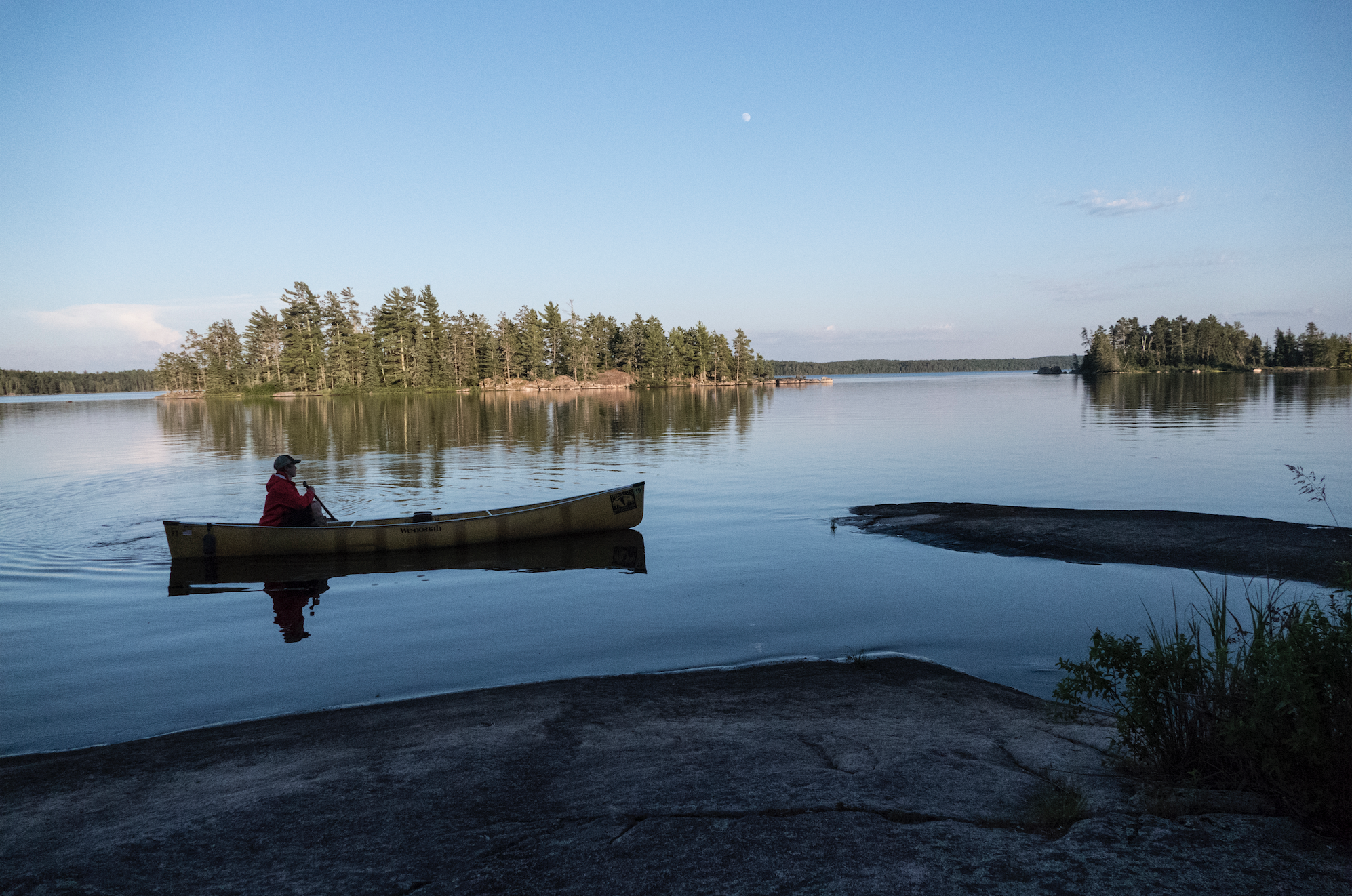
The record of the company proposing this type of mining at the doorstep of the Boundary Waters does not inspire confidence. The copper mining industry has a long history of acid mine drainage and heavy metals pollution with catastrophic environmental impacts, wiping out rural water supplies and devastating fish and wildlife habitat. Twin Metals is a wholly-owned subsidiary of Antofagasta PLC of Chile, which owns several copper mines in Chile and which has a distressing environmental and social track record.
Environmental Review Will Continue
On May 25, during a meeting of the U.S. House of Representatives Interior and Environment Appropriations Subcommittee, Secretary of Agriculture Sonny Perdue confirmed the continuation of the environmental impact study on whether to ban sulfide-ore copper mining in the Boundary Waters watershed. Secretary Perdue told the Subcommittee that he had discussed the study with Interior Secretary Ryan Zinke and that they had determined to continue the environmental review and make no decision before it concludes. This environmental review allows public comment on the scope of the environmental impact study and
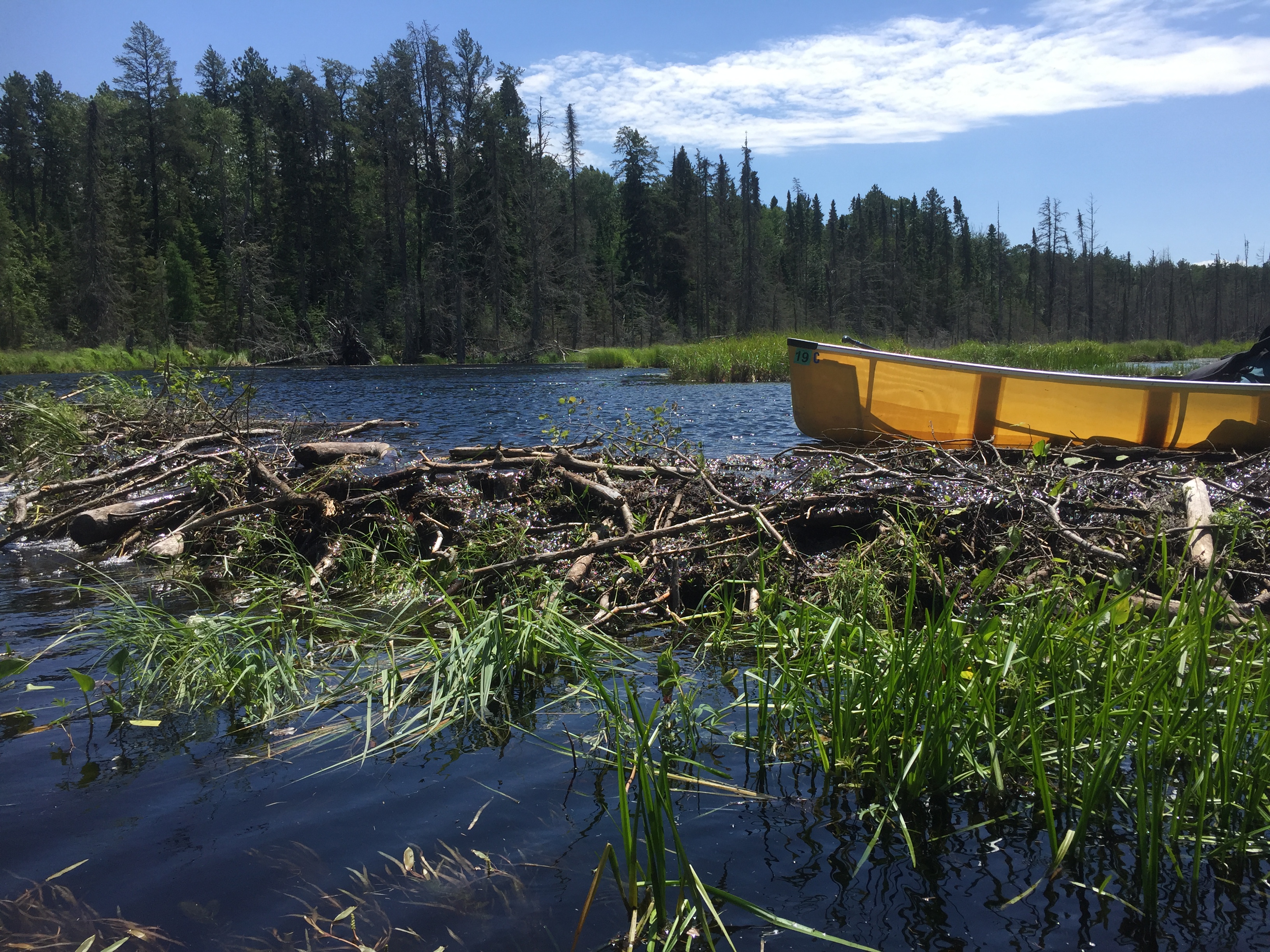
uses the best-available science to determine whether to allow sulfide-ore copper mining in the watershed of the Wilderness. U.S. Forest Service Chief Tom Tidwell stated during the hearing that sulfide-ore copper mining in water-intensive areas like the Boundary Waters is “challenging” and that the review could conclude that mining near the BWCA “may be too hazardous.”
“I very much appreciate that Secretary Perdue confirmed that the Trump administration will allow this important study to proceed and that Chief Tidwell acknowledged the serious risks that copper-sulfide mining can pose,” Congresswoman McCollum said in a press release. “Minnesota’s Boundary Waters are a national treasure, and I look forward to working together with Secretary Perdue to ensure that we ‘do no harm’ to this pristine wilderness.”
What’s Next for the Campaign?
Although the Campaign’s work toward permanent protection of the Boundary Waters and its watershed from sulfide-ore copper mining is likely to require several more years, the Campaign has made strong progress toward its goals:
Short Term: The Campaign met this goal. Two federal agencies, the Forest Service and the Bureau of Land Management, took actions that resulted in the denial of mining lease renewal requests sought by Antofagasta subsidiary Twin Metals.
Medium Term: Work is underway toward this goal, which is a 20-year administrative “withdrawal” from the federal mineral leasing program of 234,328 acres of publicly-owned minerals in the watershed of the Boundary Waters. The first steps were the Forest Service’s request for the withdrawal, in response to which the Bureau of Land Management ordered a two-year “segregation” of the minerals, during which no new leases or exploration permits for federal minerals will be issued within the Boundary Waters watershed. The environmental impact study described above is being conducted during the segregation period.
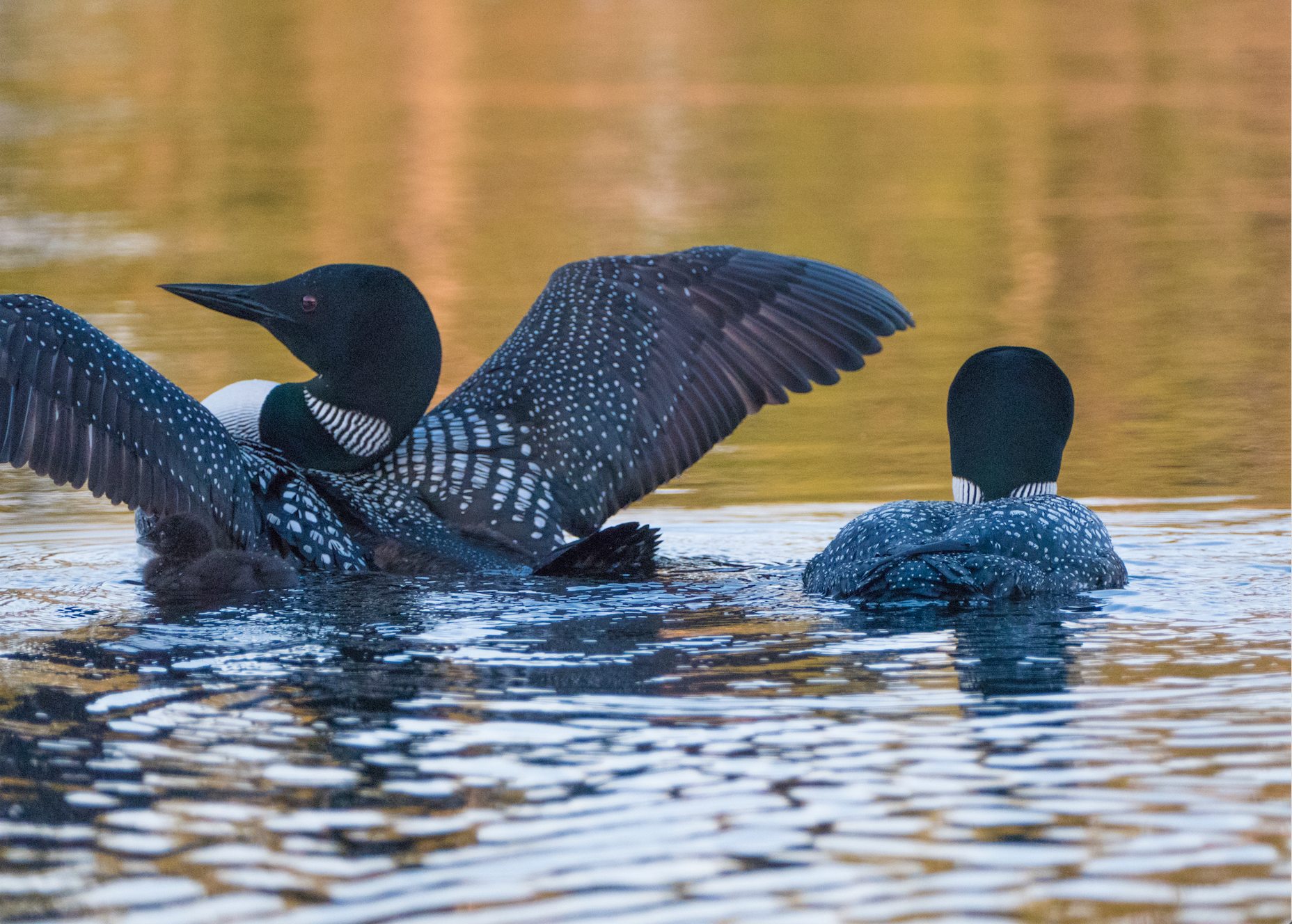
Long Term: Permanent protection of the Boundary Waters by legislative action or additional administrative action ordering permanent withdrawal of federal minerals within its watershed.
For more information see LT&C-Example Boundary Waters or contact Rebecca Rom

